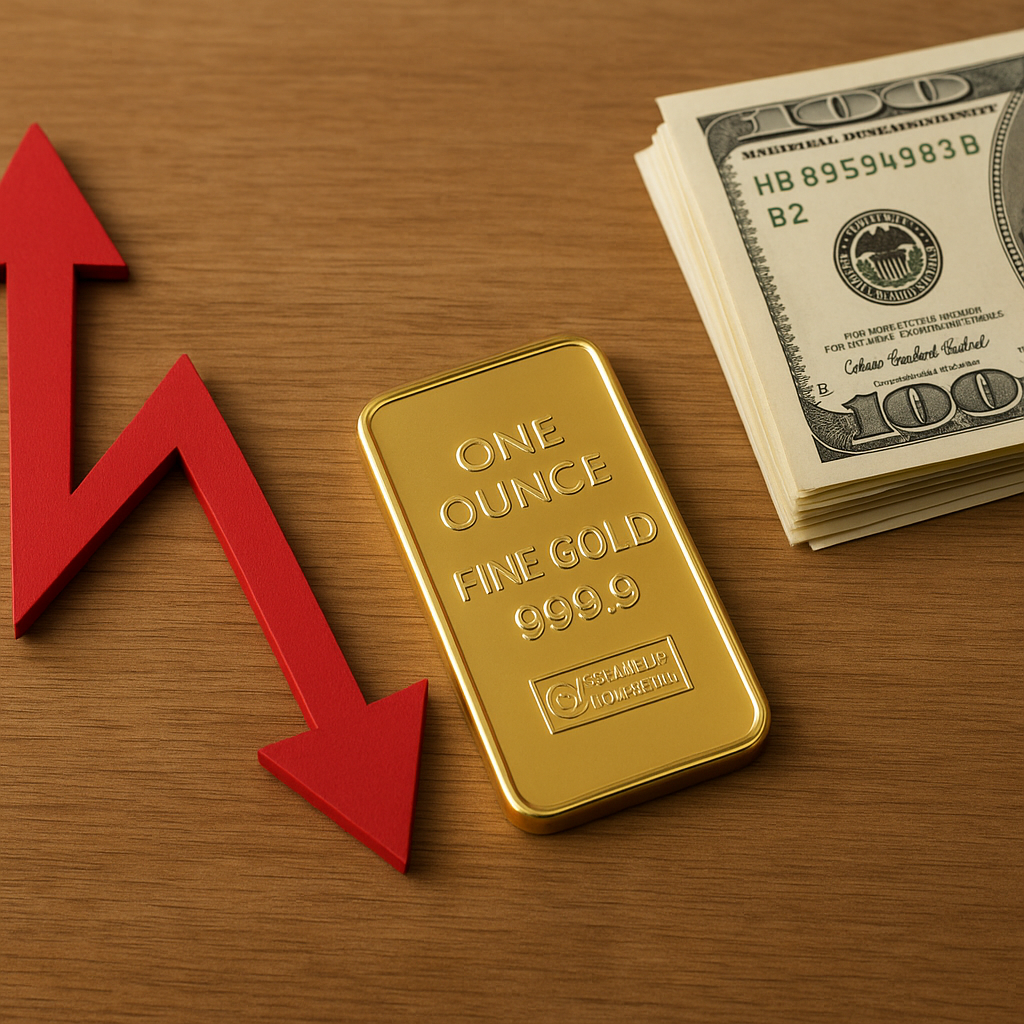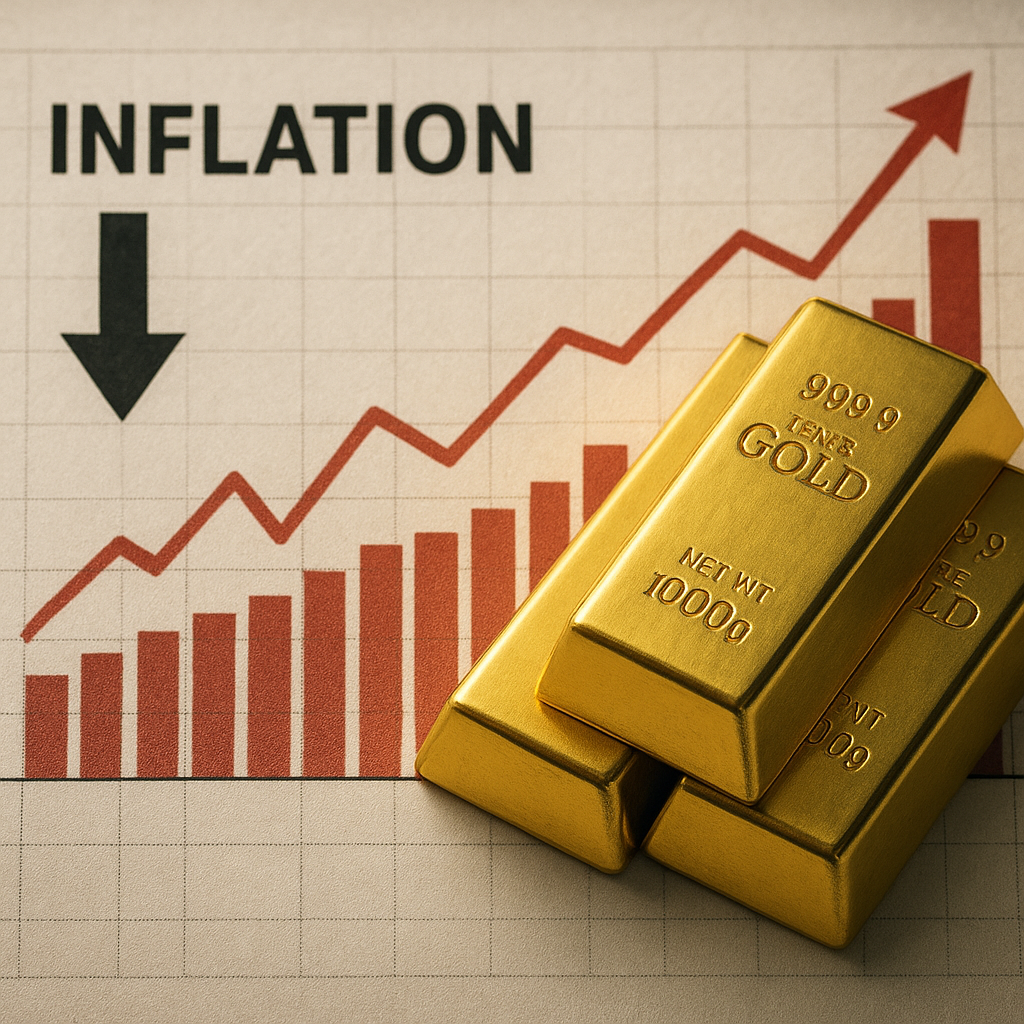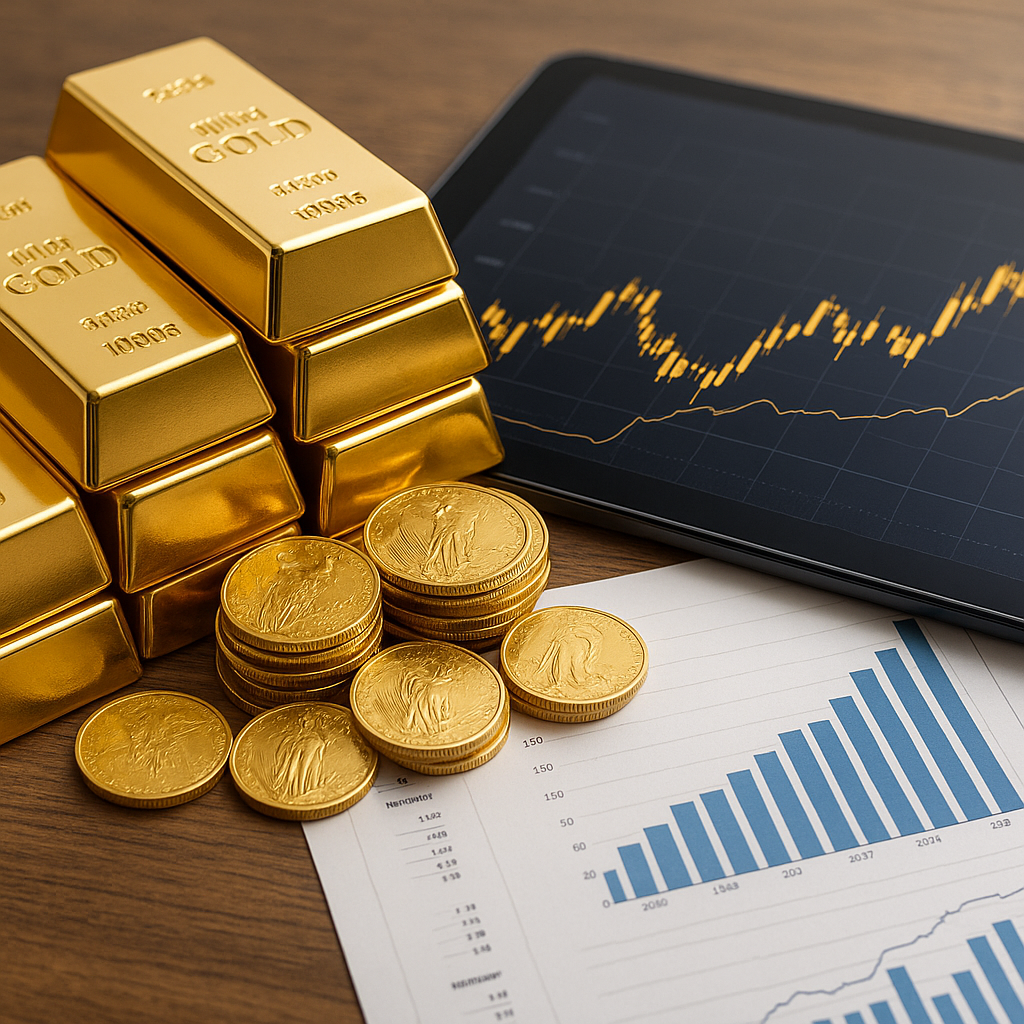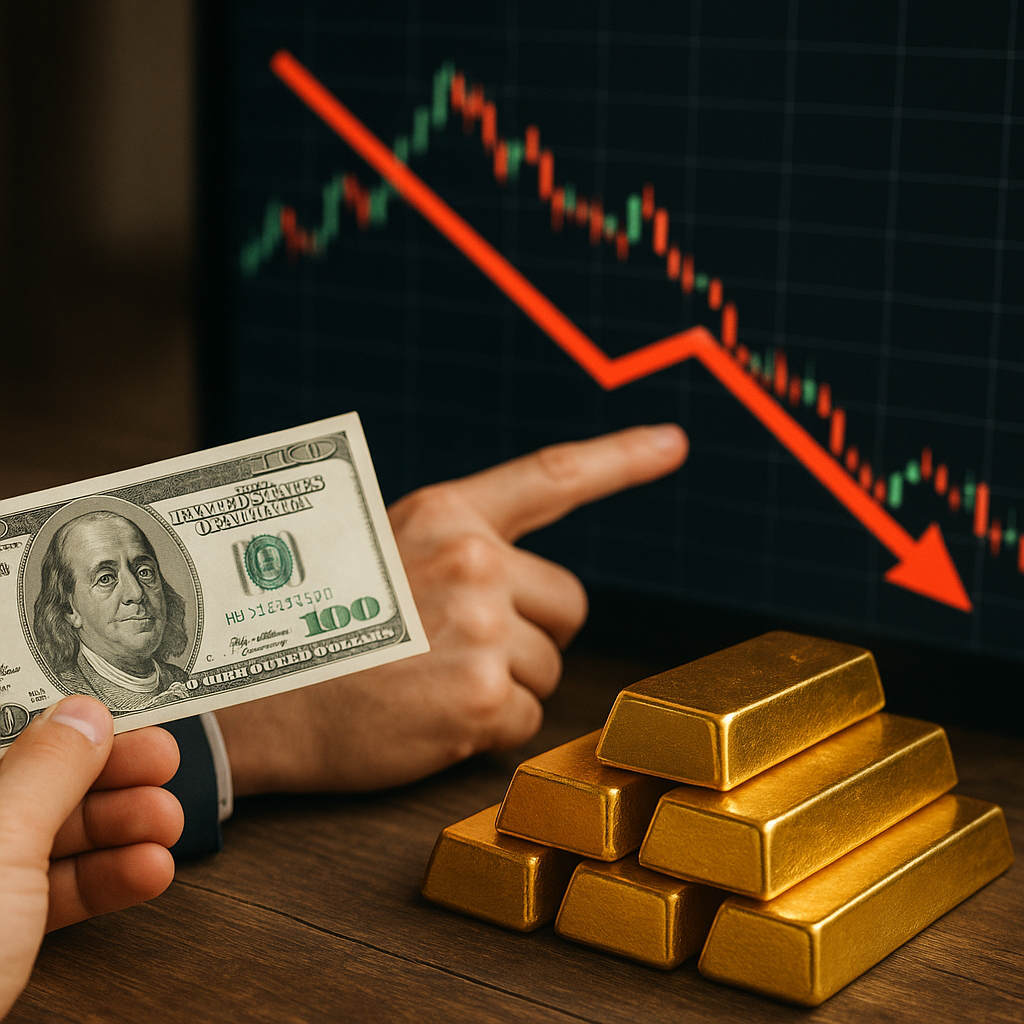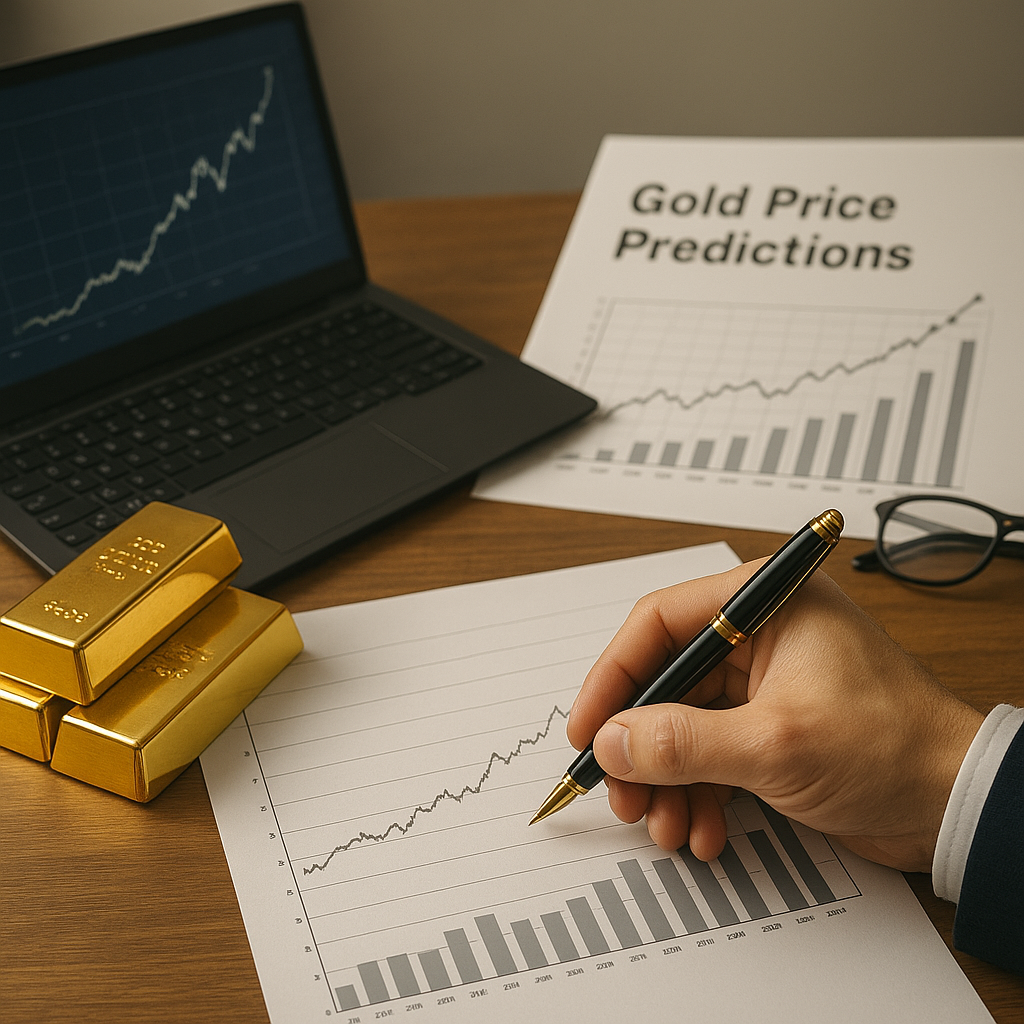Gold has long been a cornerstone of global trade agreements, influencing economies in profound ways. As a universally recognized store of value, gold plays a critical role in international finance, serving as a hedge against inflation, a safe haven during economic uncertainty, and a key component in the reserves of central banks worldwide. This article explores the multifaceted impact of gold on global trade agreements and its broader implications for economies around the world.
The Historical Significance of Gold in Trade
Gold’s role in trade dates back thousands of years, with its intrinsic value recognized by ancient civilizations. Its scarcity, durability, and divisibility made it an ideal medium of exchange and a reliable store of wealth. Throughout history, gold has been used to back currencies, facilitate trade, and settle international debts. The gold standard, which linked the value of a country’s currency to a specific amount of gold, dominated global finance from the 19th century until the early 20th century.
During the Bretton Woods Conference in 1944, the gold standard was redefined, establishing a system where the U.S. dollar was pegged to gold, and other currencies were pegged to the dollar. This system facilitated international trade by providing a stable exchange rate mechanism. However, the collapse of the Bretton Woods system in 1971 marked the end of the gold standard, leading to the current era of fiat currencies.
Despite the shift away from the gold standard, gold continues to play a significant role in global trade agreements. Central banks hold substantial gold reserves as a means of diversifying their assets and ensuring financial stability. Gold is also used in swap agreements and as collateral in international loans, underscoring its enduring importance in the global financial system.
Gold’s Impact on Modern Economies
In today’s interconnected world, gold remains a vital component of economic stability and growth. Its impact on economies can be observed through several key channels:
1. Inflation Hedge and Safe Haven
Gold is widely regarded as a hedge against inflation, as its value tends to rise when the purchasing power of fiat currencies declines. During periods of economic uncertainty, investors flock to gold as a safe haven asset, driving up its price. This behavior was evident during the global financial crisis of 2008 and the economic turmoil caused by the COVID-19 pandemic, when gold prices surged as investors sought refuge from volatile markets.
The demand for gold as a safe haven can have significant implications for economies. Rising gold prices can lead to increased revenues for gold-producing countries, boosting their trade balances and supporting economic growth. Conversely, countries that rely heavily on gold imports may face higher costs, impacting their trade deficits and economic stability.
2. Central Bank Reserves and Monetary Policy
Central banks around the world hold gold as part of their foreign exchange reserves, using it to diversify their portfolios and mitigate risks associated with currency fluctuations. Gold reserves provide a buffer against economic shocks and enhance a country’s creditworthiness, making it easier to access international capital markets.
The management of gold reserves can also influence monetary policy. For instance, central banks may buy or sell gold to stabilize their currencies or manage inflation. Changes in gold reserves can signal shifts in monetary policy, affecting investor sentiment and financial markets.
3. Trade Agreements and Economic Diplomacy
Gold plays a strategic role in trade agreements and economic diplomacy. Countries with significant gold reserves can leverage their holdings to negotiate favorable trade terms or secure financial assistance. Gold-backed loans and swap agreements can provide liquidity to countries facing balance of payments crises, helping them stabilize their economies and maintain trade relationships.
Moreover, gold can serve as a tool for economic diplomacy, strengthening bilateral ties and fostering cooperation between nations. By using gold as a means of payment or collateral, countries can build trust and enhance their economic partnerships, promoting global trade and investment.
The Future of Gold in Global Trade
As the global economy continues to evolve, the role of gold in trade agreements and economic policy is likely to remain significant. Several factors will shape the future of gold in the international financial system:
1. Technological Advancements and Digital Gold
The rise of digital currencies and blockchain technology has the potential to transform the way gold is traded and used in global finance. Digital gold platforms allow investors to buy, sell, and store gold in a secure and transparent manner, reducing transaction costs and increasing accessibility. These platforms could facilitate cross-border trade and enhance the liquidity of gold markets, further integrating gold into the global financial system.
Moreover, central banks and governments are exploring the use of digital currencies backed by gold, which could provide a stable and secure alternative to traditional fiat currencies. Such innovations could reshape the role of gold in trade agreements, offering new opportunities for economic growth and stability.
2. Environmental and Social Considerations
The environmental and social impact of gold mining is an increasingly important consideration for policymakers and investors. Sustainable and responsible mining practices are essential to ensure that gold production does not harm the environment or local communities. Initiatives such as the Responsible Gold Mining Principles and the Fairtrade Gold Standard aim to promote ethical and sustainable gold production, enhancing the reputation and value of gold in global trade.
As consumers and investors become more conscious of environmental and social issues, the demand for responsibly sourced gold is likely to grow. This trend could influence trade agreements and economic policies, encouraging countries to adopt sustainable practices and prioritize ethical considerations in their gold-related activities.
Conclusion
Gold’s enduring significance in global trade agreements and its impact on economies cannot be overstated. As a hedge against inflation, a safe haven asset, and a strategic tool in economic diplomacy, gold continues to play a vital role in the international financial system. While technological advancements and environmental considerations may shape the future of gold in trade, its intrinsic value and universal appeal ensure that it will remain a cornerstone of global finance for years to come.



